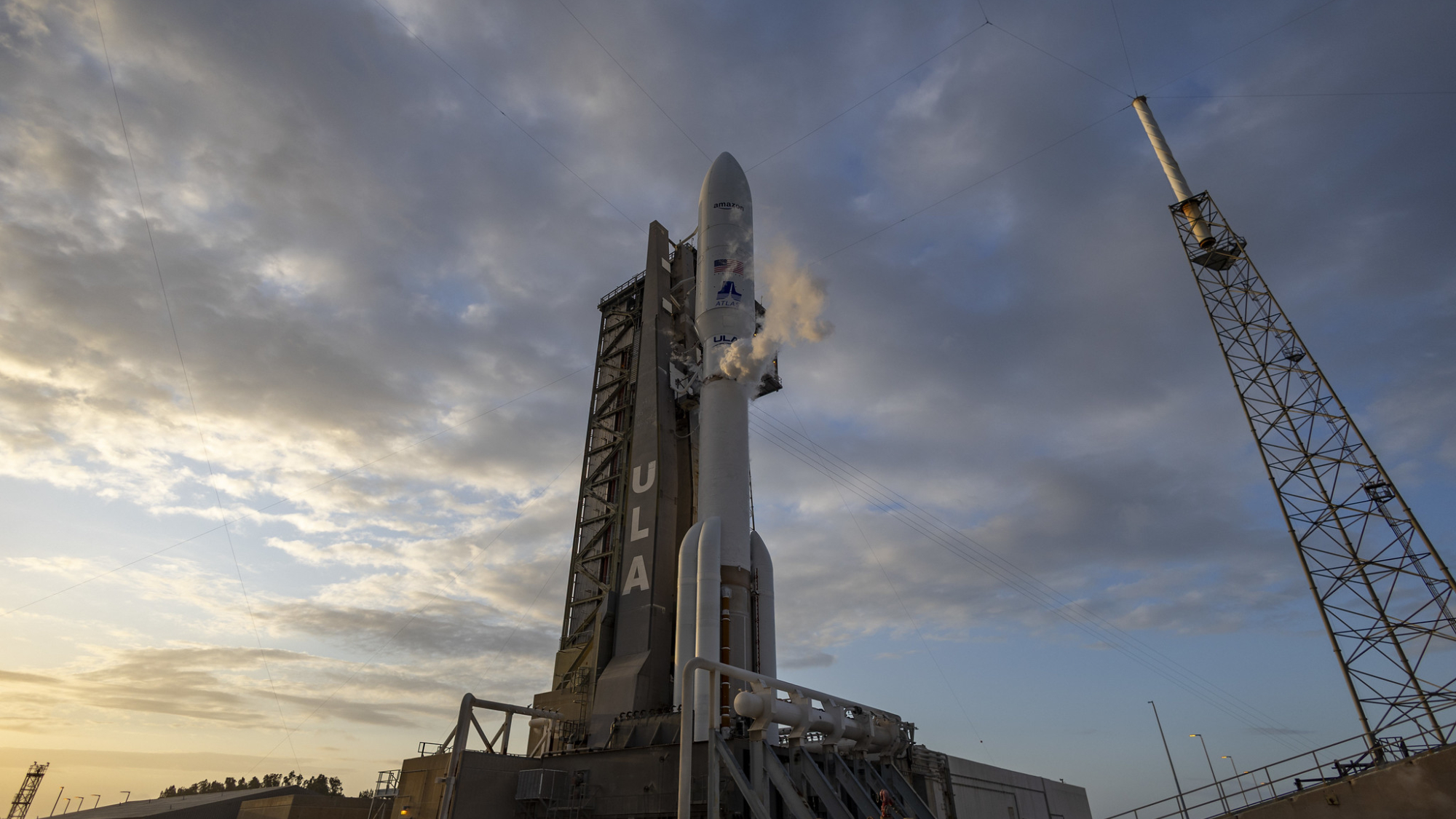SpaceX launched 21 Starlink internet satellites from Florida's Space Coast early Monday morning (Dec. 23) and landed the returning rocket on a ship at sea.
A Falcon 9 rocket carrying the Starlink spacecraft — 13 of which can beam service directly to cellphones — lifted off from NASA’s Kennedy Space Center in Florida today at 12:35 a.m. EDT (0535 GMT).
The Falcon 9's first stage came back to Earth as planned, touching down in the Atlantic Ocean about eight minutes after launch on the SpaceX droneship "Just Read the Instructions."

It was the 15th liftoff and landing for this particular booster, according to a SpaceX mission description. Eight of those flights have been Starlink missions.
The Falcon 9's upper stage continued hauling the 21 Starlink satellites to low Earth orbit, where they will be deployed about 65 minutes after launch.
Related: Starlink satellite train: how to see and track it in the night sky

Monday morning's Starlink launch was the 129th Falcon 9 mission of 2024. About two-thirds of those flights have been devoted to building out the Starlink broadband megaconstellation, which current consists of more than 6,800 active satellites.
Get the Space.com Newsletter
Breaking space news, the latest updates on rocket launches, skywatching events and more!
Join our Space Forums to keep talking space on the latest missions, night sky and more! And if you have a news tip, correction or comment, let us know at: community@space.com.

Michael Wall is a Senior Space Writer with Space.com and joined the team in 2010. He primarily covers exoplanets, spaceflight and military space, but has been known to dabble in the space art beat. His book about the search for alien life, "Out There," was published on Nov. 13, 2018. Before becoming a science writer, Michael worked as a herpetologist and wildlife biologist. He has a Ph.D. in evolutionary biology from the University of Sydney, Australia, a bachelor's degree from the University of Arizona, and a graduate certificate in science writing from the University of California, Santa Cruz. To find out what his latest project is, you can follow Michael on Twitter.









